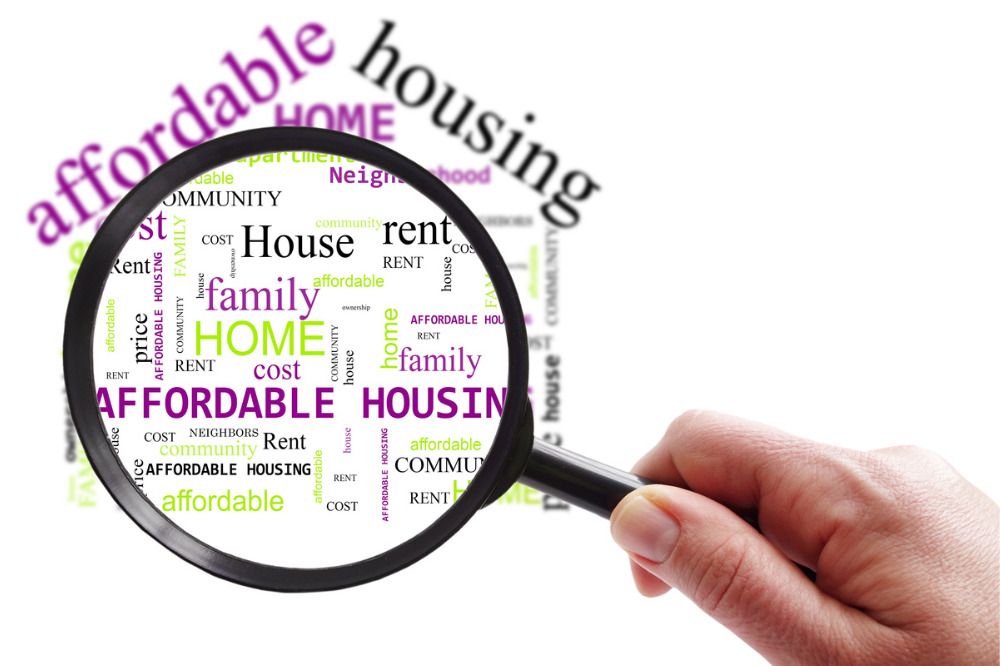The Reserve Bank has delivered its ninth consecutive rate hike, raising the cash rate by 25 basis points to 3.35% – a move that Tom Forrest, Urban Taskforce CEO, said has “added more stress to the housing supply and affordability crisis” and demands a swift response from the government to deliver more housing, especially in NSW.
“With typical mortgage rates now around 6% and set to climb even higher, many families were entering into the ‘red zone’ of mortgage stress where the percentage of after-tax household income required to meet repayments was above 30%,” Forrest said.
The Urban Taskforce said the rate hike has an impact equivalent to the start of the recession in the early 1990’s, when the cash rate hit 17.5%.
“This is because the prices being paid for new homes are so much higher,” Forrest said. “In the early 1990s the average home cost three times the average household income. Today, that multiple is closer to eight times the average household income. So even though the interest rates peaked at a cash rate of 17.5%, the impact on the household budget was similar then to now.”
The latest rate hike meant more pain for home loan borrowers, adding an extra $157 to the monthly repayments for each 25-basis-point hike, based on the current average mortgage in NSW of $752,000.
“With the cash rate now 3.35% higher than when the RBA started increasing rates in May 2022, based on an average loan of $752,000 in NSW, borrowers are repaying an extra $2,000 each month more than they were less than a year ago,” Forrest said. “Those coming off low fixed mortgage rate are facing what has become known as the ‘mortgage cliff.’”
To solve the affordability crisis, he said it was crucial to increase new housing supply – and to do so quickly.
“The planning system is so complex that it has become a straitjacket on housing supply. Greater flexibility is urgently needed,” Forrest said.
Urban Taskforce has identified two areas it says the government should focus on to achieve quick wins:
- importing greater flexibility to zoning rules to allow the owners of empty office space to repurpose underutilised commercial building stock as affordable housing
- creating an affordable housing incentive which adds height and FSR to new buildings, to provide more affordable and market housing
“Changing the rules and guidelines to enable the repurposing of commercial buildings for residential use (subject to health and safety provisions) for students, incoming migrants, key workers, and other facing housing stress, is one way that greater flexibility could ease the current housing supply crisis, particularly in the short term,” Forrest said.
“Concerningly, today’s interest rate increase comes with the likelihood of further rises. This is already causing severe stress among mortgage holders and renters, all of whom get hit whenever rates go up.
“The challenge to both the NSW government and the opposition is to put in place urgent planning reforms that will deliver short and medium-term changes to address this crisis.”
What do you think should be done to deliver more housing in NSW? Share your ideas with us in the comments below.


